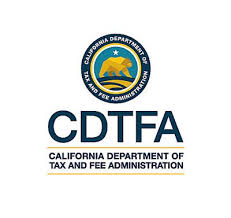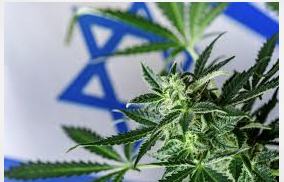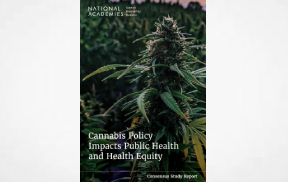Cannabis Benchmarks report…
In a year marked so far by incredible turbulence, at least one aspect of California’s legal cannabis industry will remain constant. The California Department of Tax and Fee Administration (CDTFA) recently announced that the mark-up rate used in the calculation of the 15% excise tax on retailers will remain at 80% for the remainder of 2020. CDTFA is tasked with determining adjustments to the mark-up rate every six months. Previously, CDTFA increased the mark-up rate from 60% in 2019 to 80% starting January 1, 2020. This resulted in an effective 12.5% increase in the tax burdens of retailers purchasing cannabis and other products wholesale from separate entities.
To explain further: When retailers engage in bilateral transactions with unaffiliated licensees, they do not simply pay the 15% excise tax on the amount that was paid for the product, nor on the gross revenue from its retail sale. Instead, the 15% excise tax is levied on the “wholesale cost” of the product, defined by CDTFA as the price paid plus transportation costs, as well as the markup set by CDTFA.
For example, let us say that a retailer purchases a pound of cannabis flower for $1,000, including transportation costs. In determining the tax burden on that pound of flower, the retailer must apply the CDTFA-determined markup, then take 15% of that amount. Given the 80% markup, that pound of cannabis would have an “average market price” of $1,800 in the eyes of CDTFA, resulting in a tax burden of $270. Retailers engaged in “nonarm’s length transactions” – which are essentially transfers of product between affiliated licenses – will continue to pay 15% of the gross receipts of their retail sales, as they have since the opening of the regulated market at the beginning of 2018.
Cannabis businesses in California have been advocating for tax relief even prior to the COVID-19 pandemic. It does not appear as if they will get their wishes in the near term, with legislative activities curtailed severely, along with state budgets taking big hits due to the economic fallout from the virus and accompanying mitigation measures. Still, licensed operators in California’s legal market will likely be relieved that another tax rise is not in the cards for the rest of the year.
Meanwhile, local decisions continue to play a large role in the development of the state’s legal cannabis market. For example, growers attempting to set up operations in Santa Barbara County could see increased requirements for gaining permits if a recommendation by the Planning Commission is approved by the county Board of Supervisors. According to the Lompoc Record, county planning officials are recommending that a conditional use permit be required for all cannabis cultivation operations in Santa Barbara County. The report notes, “Currently, some projects only require land use permits, which are less restrictive, easier and cheaper to obtain and can be issued by the planning director.”
Cannabis cultivation outdoors and in hoop houses exploded in Santa Barbara County in the wake of California’s adult-use market opening in 2018. Previously, the area was not traditionally home to such activities. The rapid proliferation of large scale growing operations has drawn backlash from some county residents and businesses; for example, wineries with tasting rooms have claimed that the sight and smell of cannabis cultivation negatively impacts their business.
The contentiousness of the issue is illustrated by the fact that written and verbal public comments presented at a Santa Barbara County Board of Supervisors meeting on June 2 could not be fully reviewed after four hours of public testimony, forcing the Board to extend the review to a meeting scheduled for June 11. The public comment segment of the hearing has been closed and no additional comments will be accepted following the review of the remaining comments. As alluded to above, a decision by the Board to require conditional use permits for cultivation operations could curtail, or at least slow, their establishment and expansion in Santa Barbara County.



















